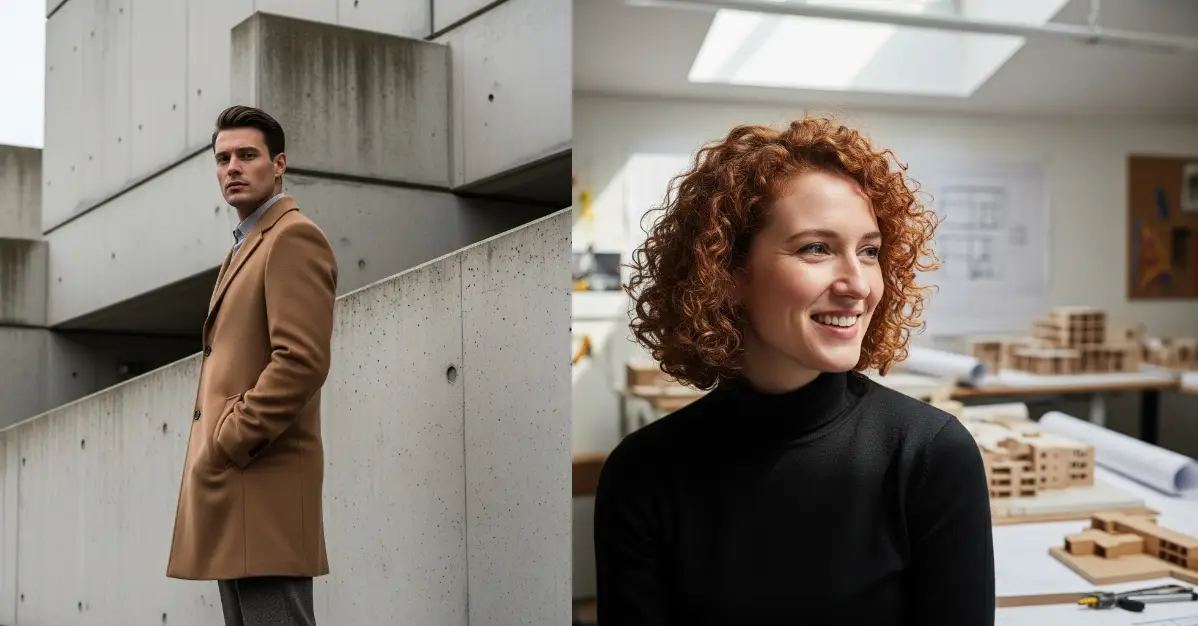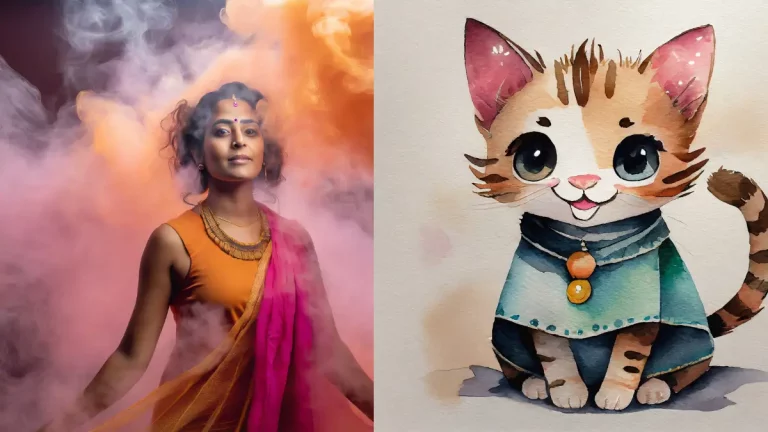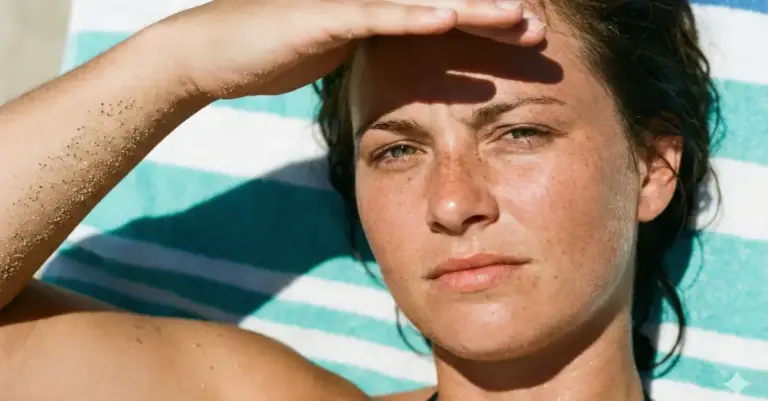How to Create Realistic and Professional Photos of People Using Imagen 4 Ultra
Creating convincing portraits of people has always been one of the biggest challenges in AI image generation. After spending some time, I can confidently say that Google’s Imagen 4 Ultra can create high quality images.
Imagen 4 Ultra is Google’s most advanced image generation model to date. The quality jump from previous versions is significant, especially when it comes to generating realistic human faces and expressions.
Getting access is straightforward. Head to aistudio.google.com and look for the “Generate Media” option. Once you’re there, select “Imagen” from the available tools.
You’ll see a dropdown menu on the right side of the screen. This is where you can choose between different Imagen models. For the best results, always select Imagen 4 Ultra.
The platform offers free usage, but there’s a daily limit. I recommend planning your sessions and making each prompt count.
Build Your Template Prompt
After testing many prompts, I developed a template that consistently produces professional-quality results:
[Image Type] of a [Subject Description] in/on a [Scene/Setting]. [Composition/Framing]. [Lighting]. [Camera & Style]. [Aesthetic Details].
Let me break this down for you:
Image Type
This sets the overall style and purpose. Examples include “Professional headshot,” “Candid lifestyle photograph,” “Environmental portrait,” or “Fashion portrait.” This first element tells the AI what kind of photo you’re aiming for.
Subject Description
Be specific about the person you want to create. Include age range, gender, ethnicity if relevant, facial hair, expression, and clothing. The more details you provide, the better the results.
Scene/Setting
Describe where the photo takes place. This could be an office, outdoor cafe, studio, or any environment that fits your vision. Include background elements that support the overall mood.
Composition/Framing
Specify how the subject should be framed. Use terms like “head and shoulders shot,” “medium shot,” “full body,” or “close-up.” This controls how much of the person appears in the final image.
Lighting
This is crucial for professional results. Describe the light source and quality: “soft studio lighting,” “natural sunlight,” “dramatic side lighting,” or “golden hour lighting.” Good lighting makes the difference between amateur and professional-looking photos.
Camera & Style
Reference specific camera equipment or photographic styles. Mentioning “85mm lens,” “shallow depth of field,” or “photorealistic” helps achieve that professional camera look.
Aesthetic Details
Add any final touches that enhance the overall feel. This might include film emulation, specific color grading, or artistic references.
12 Professional Portrait Examples
Here are proven prompts that consistently produce outstanding results:
1. Corporate Executive Headshot
Professional corporate headshot of a confident 40-year-old woman of South Asian descent, with a friendly and approachable expression. She is wearing a dark gray blazer. The background is a clean, out-of-focus modern office interior with subtle architectural details. The composition is a head and shoulders shot, centered. The lighting is soft, even studio lighting from a large softbox, creating minimal shadows. This is a photorealistic, high-detail photograph taken with an 85mm lens for a flattering portrait compression.

2. Casual Lifestyle Shot
Candid lifestyle photograph of a man in his early 30s with a short beard, laughing while sitting at an outdoor cafe on a sunny afternoon. He is wearing a casual denim shirt. The scene is a charming European city street with cobblestones, with other patrons softly blurred in the background. This is a medium shot composed with a shallow depth of field. The lighting is bright, natural sunlight from the “golden hour,” creating warm tones and long, soft shadows. The style is authentic and candid, like a documentary photo, hyper-realistic, and ultra-detailed.

3. Cinematic Mood Portrait
Cinematic film still of a mysterious woman in her late 20s, looking out a rain-streaked window at night in a city apartment. She has dark, wavy hair and a thoughtful, melancholic expression. The interior is dimly lit, with the main light source being the cool, vibrant neon signs from the city street below, casting colorful reflections on her face. The composition is a close-up profile shot. The lighting is high-contrast and moody, with deep shadows. The aesthetic is inspired by the film “Blade Runner,” hyper-detailed with sharp focus on her eye.
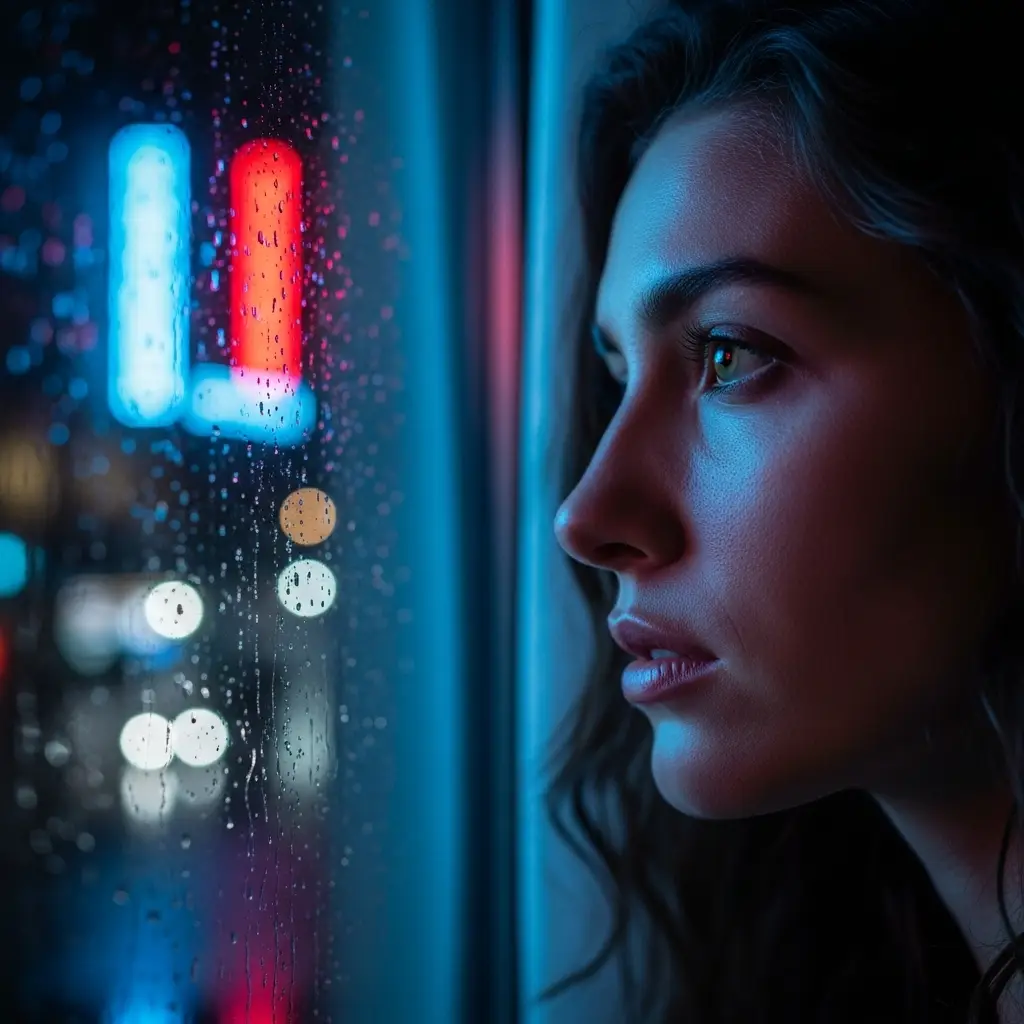
4. Distinguished Professional
A professional corporate headshot of a sharp and confident 55-year-old man of East Asian descent, with neatly styled salt-and-pepper hair. He’s wearing a high-end navy blue suit and a crisp white shirt. The background is a minimalist, out-of-focus office with a large window. This is a head and shoulders shot, with professional studio lighting from a softbox. The style is photorealistic, ultra-detailed, and taken with an 85mm f/1.8 lens for a clean, sharp look.
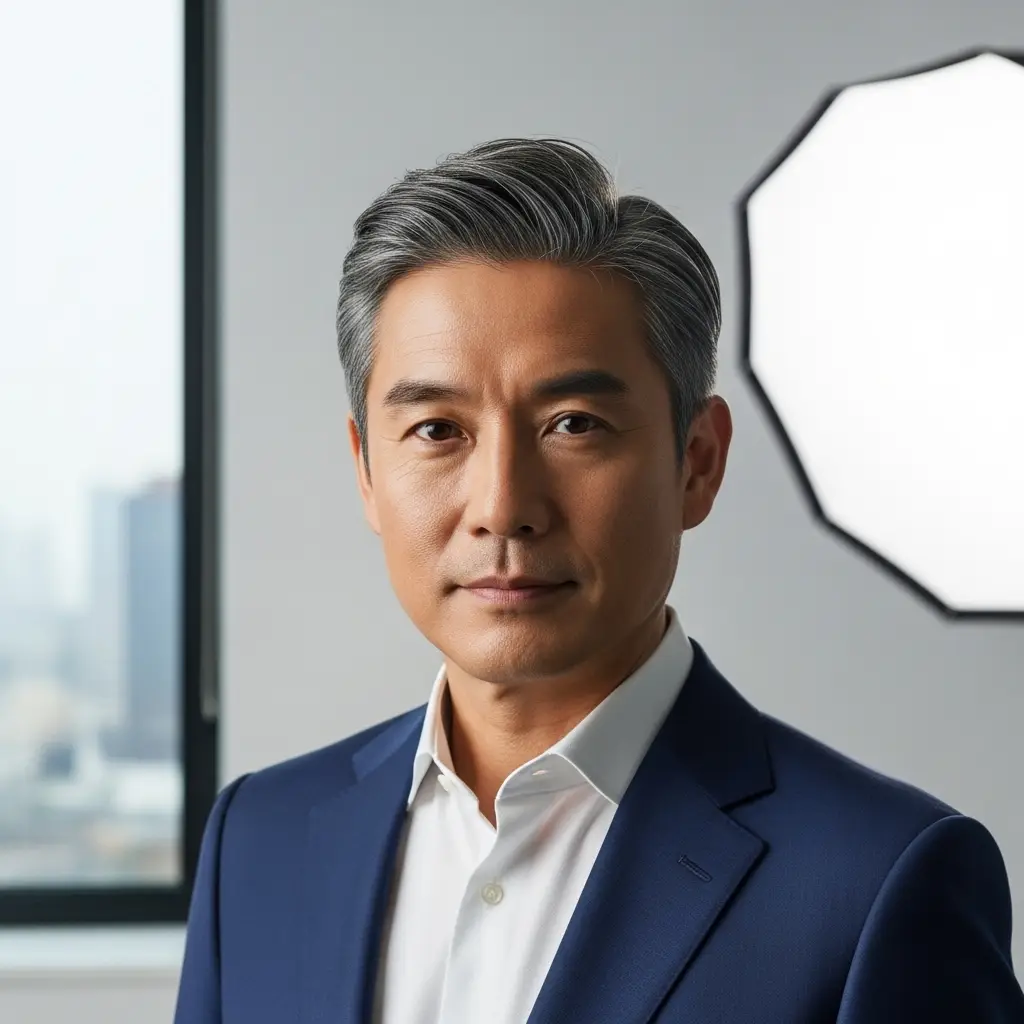
5. Creative Professional at Work
An environmental portrait of a 30-year-old female architect with curly red hair, smiling thoughtfully in her design studio. She is dressed in a smart-casual black turtleneck. The background is filled with architectural models and blueprints, softly blurred. Composition is a medium shot. The scene is lit by bright, natural light from a skylight. This is a hyper-realistic photograph in the style of a magazine feature, emulating a 35mm lens.

6. Blue-Collar Professional
An authentic portrait of a 35-year-old female welder, looking proudly at the camera with her helmet lifted. She is wearing durable work overalls, and faint smudges of grease are on her cheek. The setting is her workshop, with sparks visible in the far background (out of focus). Lighting is dramatic, with a strong key light from the side highlighting her features. This is a gritty, hyper-realistic, high-detail photograph.
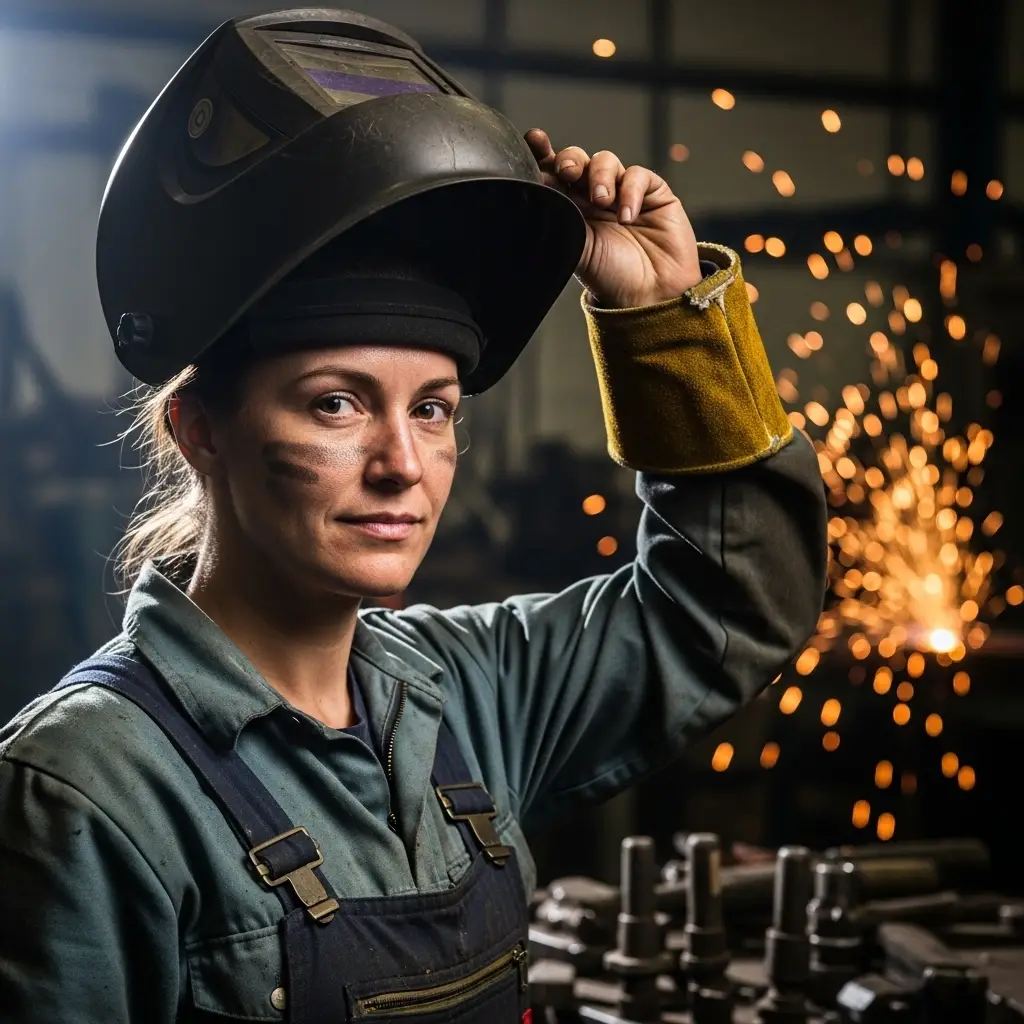
7. Cozy Lifestyle Moment
A lifestyle photograph of a 25-year-old woman with long brown hair, sitting in a cozy, sun-drenched coffee shop. She is looking out the window, holding a ceramic mug. The composition is a medium shot, capturing the warm, inviting atmosphere. The lighting is soft morning light filtering through the window, creating a gentle glow. The style is natural and candid, emulating the look of Kodak Portra 400 film with a shallow depth of field.
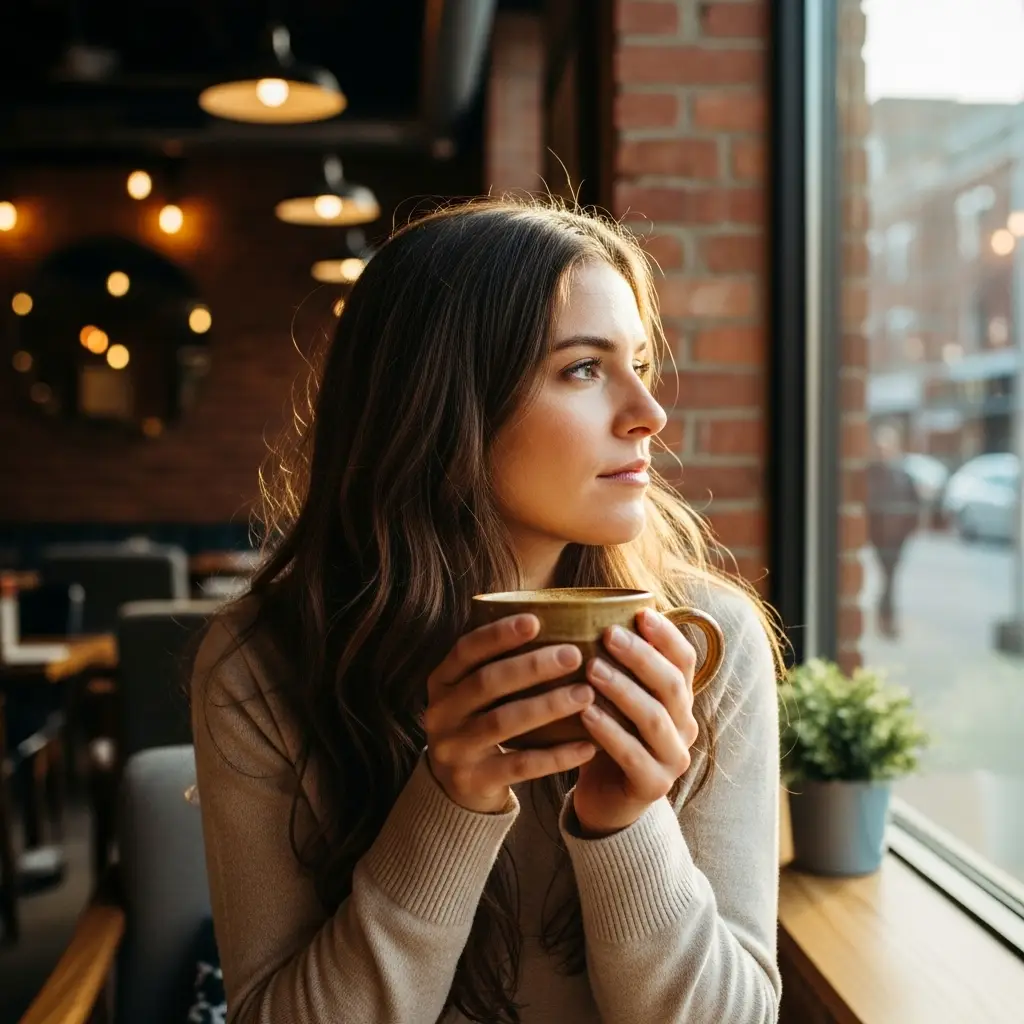
8. Urban Street Photography
A full-body candid shot of a man in his early 30s with a backpack, walking down a bustling, narrow street in Hong Kong at night. He is looking up at the vibrant neon signs. The lighting is moody and atmospheric, dominated by the neon glow. The style is a cinematic, photorealistic street photograph, capturing the energy of the city.
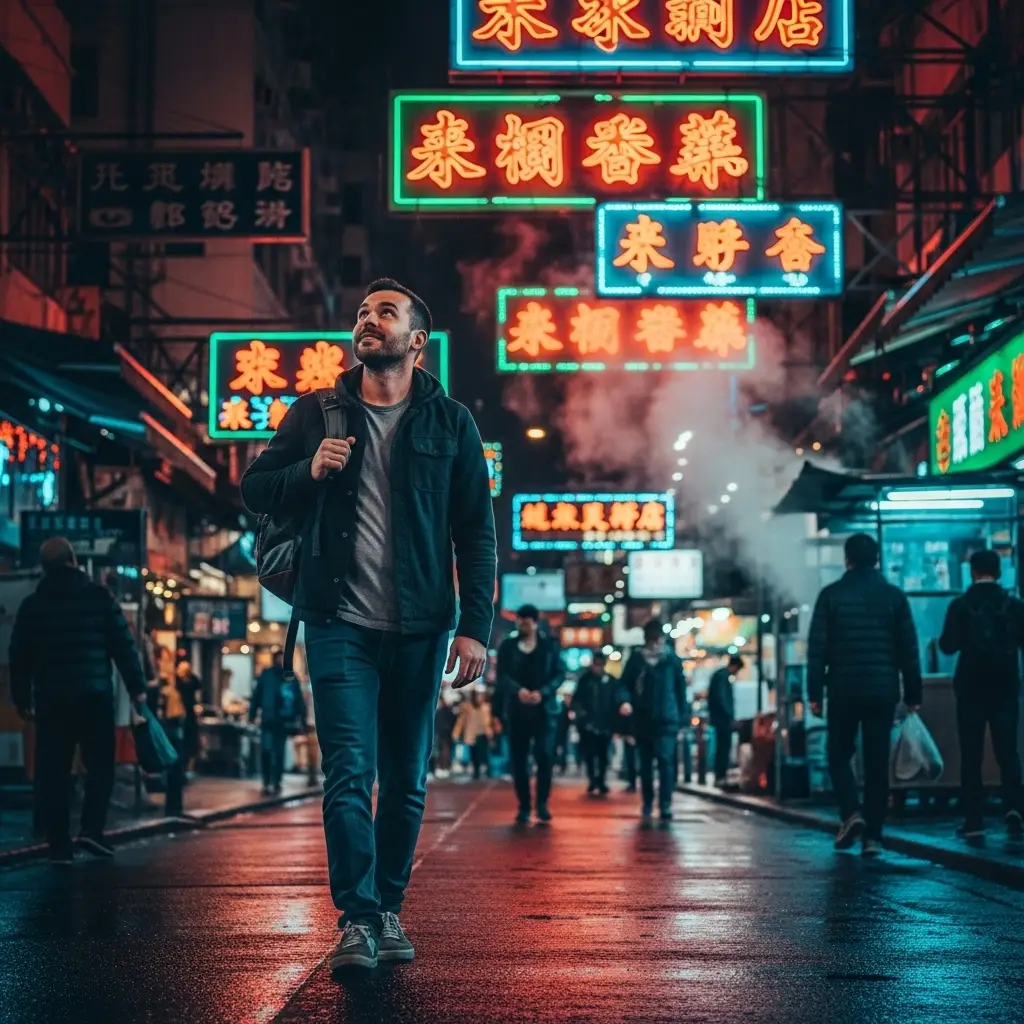
9. Academic Study Scene
An eye-level medium shot of a university student in his early 20s, deeply absorbed in a book while sitting on a park bench. He is wearing a university sweatshirt and glasses. The lighting is dappled sunlight filtering through tree leaves. The style is serene, candid, and photorealistic with a beautiful bokeh background.
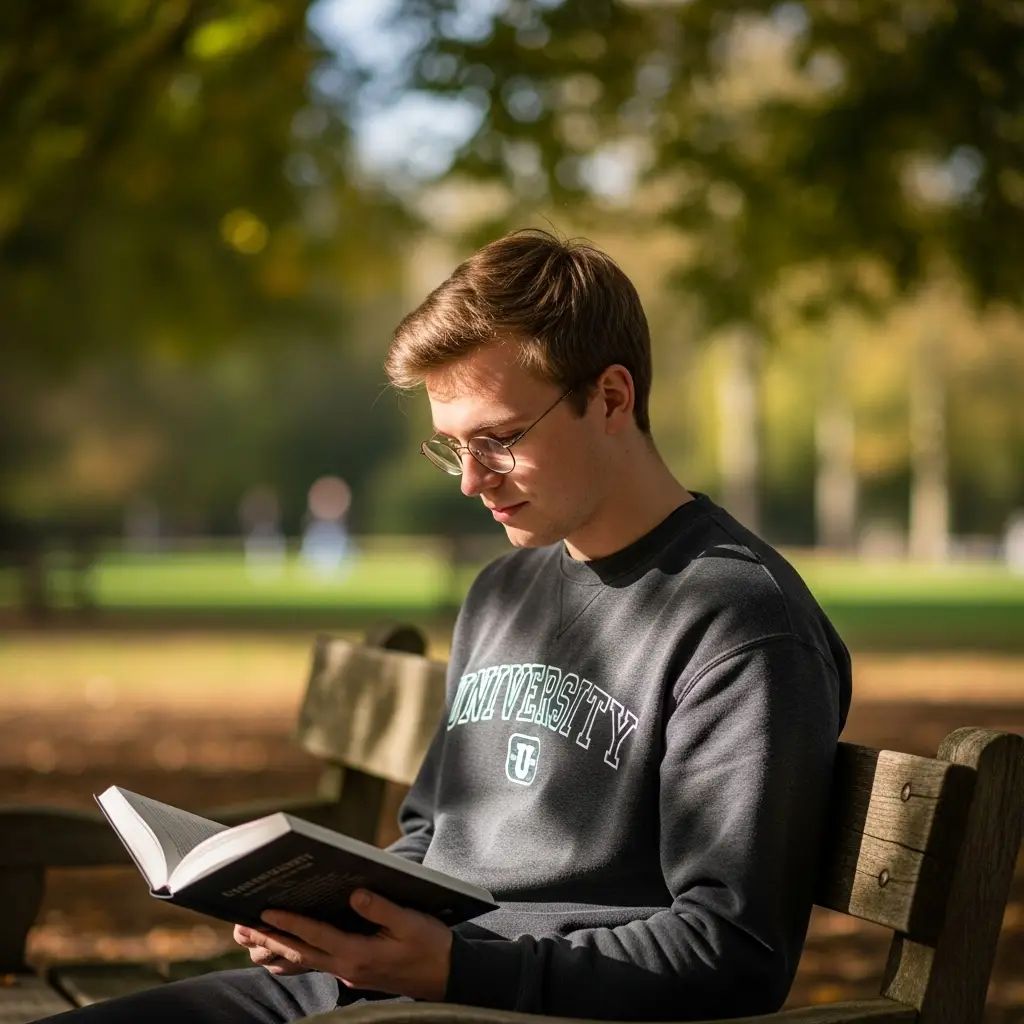
10. Fashion Forward Portrait
A sharp, clean fashion portrait of a well-dressed man in his 30s, wearing a tailored camel overcoat and wool trousers. He is standing against a brutalist concrete architectural background. The lighting is crisp, overcast daylight, creating soft shadows. The composition is a three-quarter shot. The style is minimalist, sophisticated, and ultra-detailed.
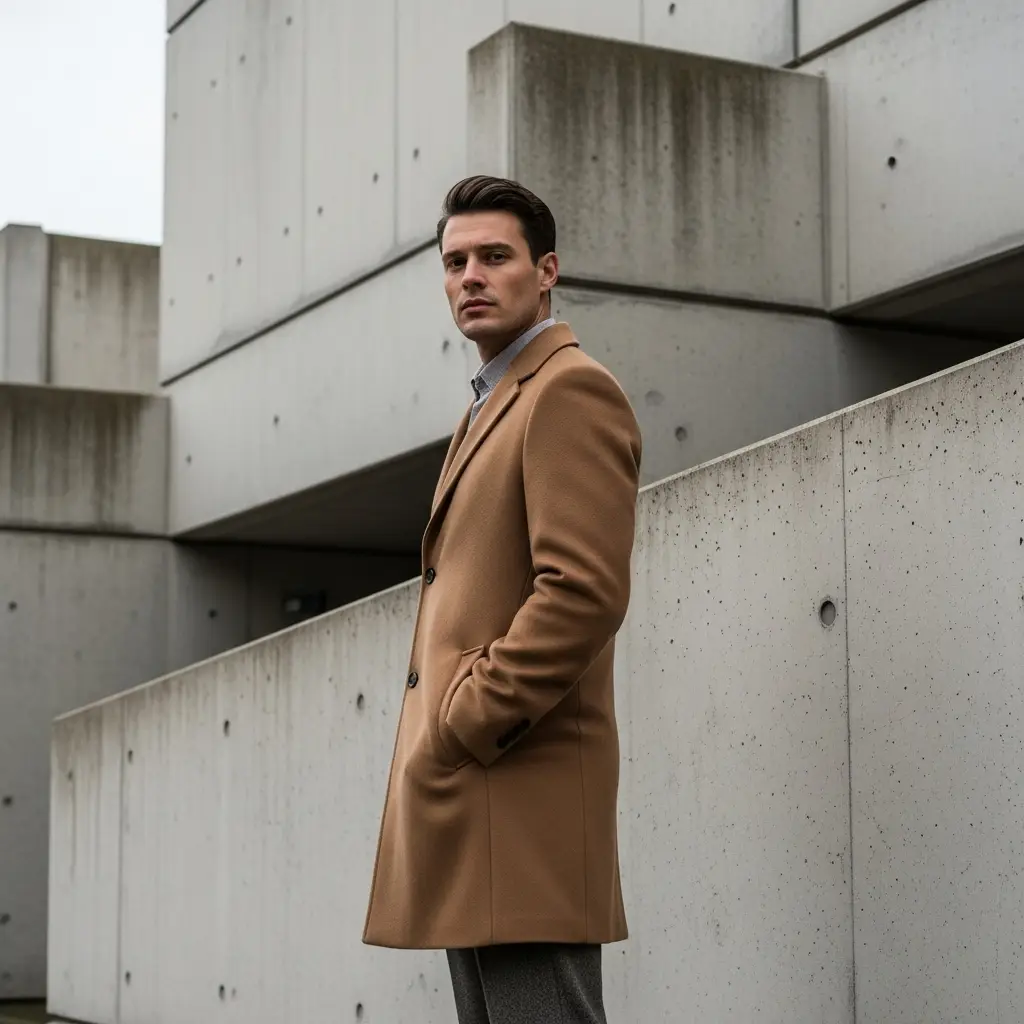
11. Artistic Character Study
A soulful, atmospheric photo of a male blues guitarist in his 60s, playing his guitar on the porch of a rural southern home. His eyes are closed in concentration. The lighting is late afternoon golden hour, creating a warm, nostalgic mood. The style is authentic, documentary-style, and photorealistic, with a focus on emotion.
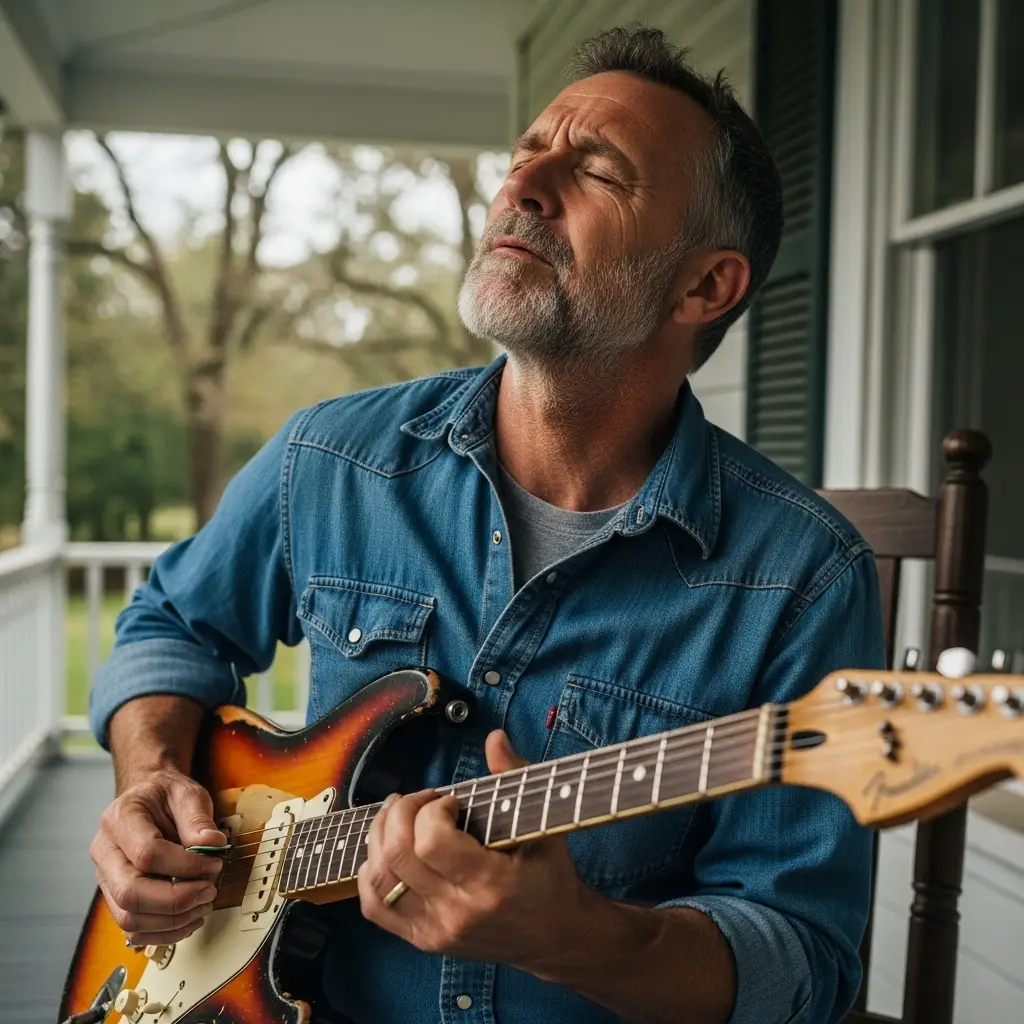
12. Joyful Candid Moment
A candid, joyful photo of two sisters in their late teens, laughing uncontrollably while lying in the grass in a backyard. The composition is a high-angle shot looking down. The lighting is bright, sunny daylight. The style is natural, full of life, and photorealistic.
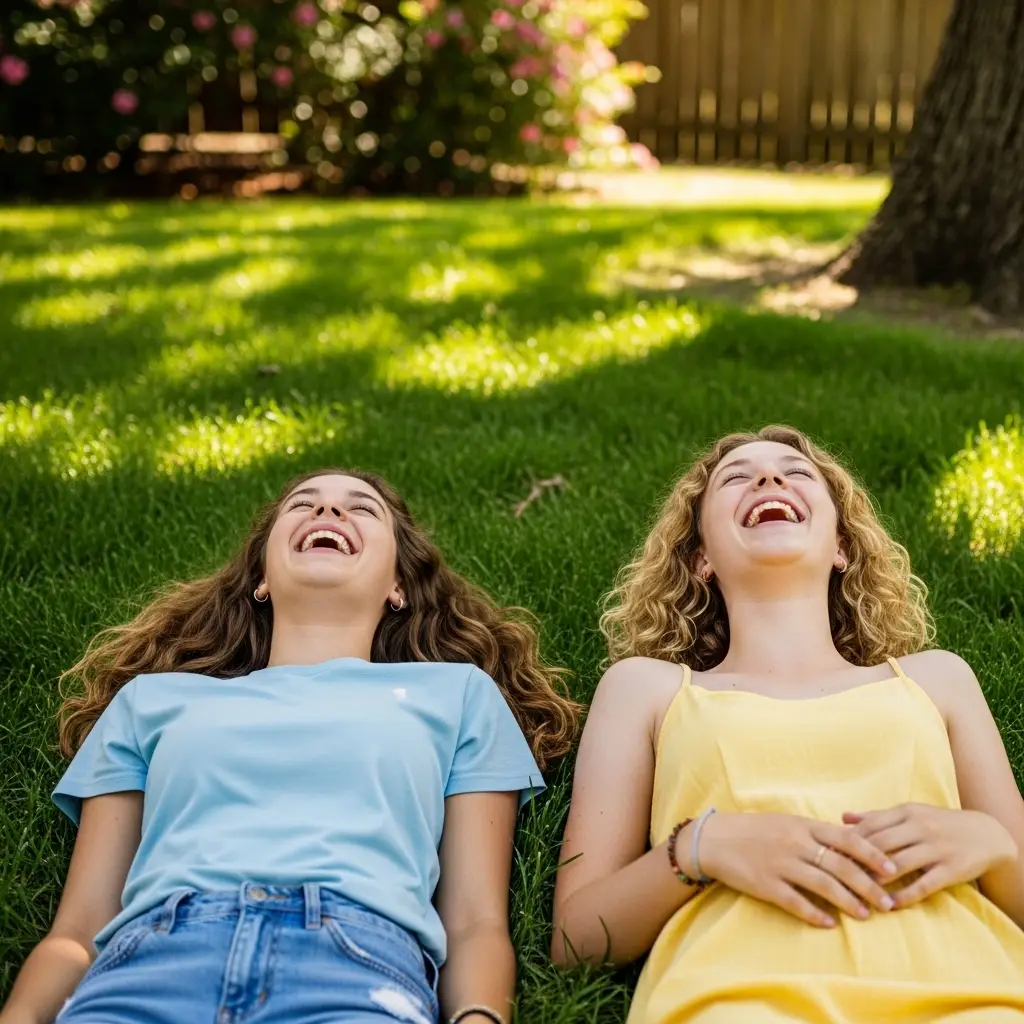
Start with the template and adjust based on what you need. If you want more dramatic lighting, be specific about the direction and intensity. For different moods, change the lighting description and add emotional context.
Pay attention to clothing details. Instead of just saying “business attire,” specify “navy blue suit with a crisp white shirt.” These details make a significant difference in the final output.
Don’t forget about the background. A well-described setting adds context and professionalism to your portraits. With practice, you’ll develop an intuitive sense for what works. Start with these examples, modify them for your needs, and build your own library of successful prompts.
The results speak for themselves. What used to require professional photography skills and equipment can now be achieved with the right words and a solid understanding of photographic principles.
